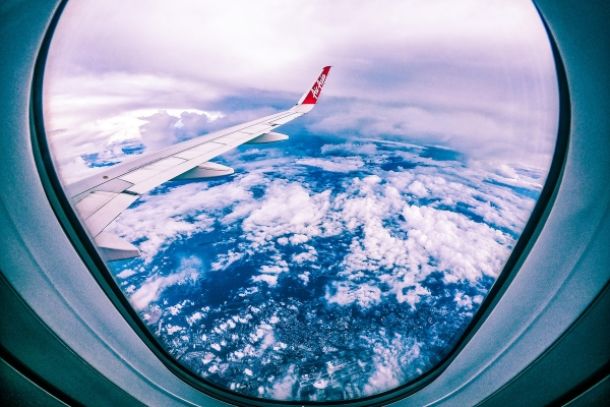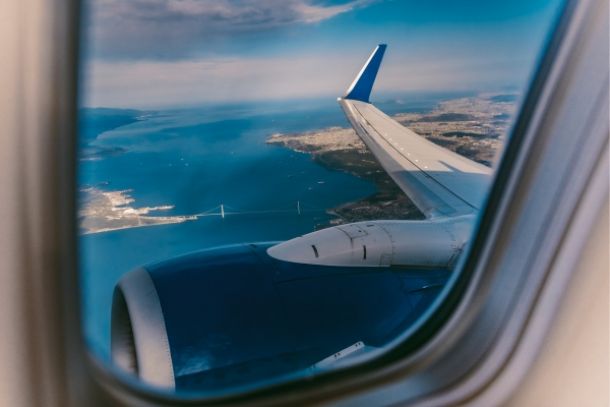Are Red-Eye Flights Cheaper? Myth or Truth?
Are Red-Eye Flights Cheaper? Myth or Truth?
Travelers often wonder if booking red-eye flights—those overnight departures—actually leads to significant savings, or if it’s just another travel myth. In this article, we explore the dynamics of red-eye flights, analyze their pricing trends, and weigh the pros and cons to help you decide if catching a red-eye is the right move for your travel needs.
Understanding Red-Eye Flights
Red-eye flights are typically scheduled to depart late at night and arrive at their destination early the next morning. The term “red-eye” comes from the potential fatigue experienced by passengers who may not have had enough sleep. Historically, these flights were used to maximize time efficiency, allowing travelers to fly overnight and start their day immediately upon arrival.
The Pricing Myth: Are They Really Cheaper?
Many travelers assume that red-eye flights are automatically cheaper because they are less popular than daytime flights. While it is true that lower demand can result in lower fares, the situation is more nuanced:
- Supply and Demand Dynamics:
Airlines often adjust prices based on demand patterns. Since red-eye flights are less convenient for some travelers, they may offer lower prices to fill seats. However, if a route is highly competitive or if the flight is one of the only available options, the discount might not be as significant. - Seasonal and Route Variations:
In some regions and on certain routes, red-eye flights are the norm rather than the exception. For example, on transcontinental routes in the United States, overnight flights can be as common as daytime flights. In these cases, the price difference may be minimal or even non-existent. - Hidden Costs:
Even if the fare appears lower, consider the potential hidden costs. Arriving at your destination early in the morning may mean dealing with fewer transportation options, limited check-in services at hotels, or additional costs if you need to adjust your schedule. These factors can sometimes erode the savings from a lower ticket price.
Advantages of Red-Eye Flights
- Cost Savings:
For many routes, red-eye flights can indeed be less expensive. Budget travelers often capitalize on these lower fares to cut travel costs, making overnight travel an attractive option for those who can manage a disrupted sleep schedule. - Efficient Use of Time:
Flying overnight can be an efficient way to use travel time. You may lose some sleep, but you also save daytime hours that would otherwise be spent in transit. For business travelers or those on a tight schedule, arriving early in the morning can allow for a full day at the destination. - Potential for Less Crowded Flights:
Red-eye flights sometimes have fewer passengers, which can translate into a less stressful boarding process and, occasionally, more space in the cabin. For those who value a quieter travel environment, this can be a notable advantage. - Availability and Flexibility:
In some cases, red-eye flights offer additional routing options that might not be available during peak travel times. This flexibility can be especially beneficial if you have tight travel windows or if you’re planning a multi-city itinerary.
Disadvantages and Considerations
- Sleep Disruption and Fatigue:
The most obvious downside is the potential for disrupted sleep. Even if you manage to sleep on the plane, it’s unlikely to be as restorative as your usual night’s rest. Arriving tired can affect your productivity, mood, and overall travel experience. - Logistical Challenges at Your Destination:
Early morning arrivals might coincide with limited public transportation or services. You could face challenges in reaching your hotel, finding food, or adjusting to local schedules, particularly in unfamiliar cities. - Impact on Jet Lag:
For international travelers, red-eye flights might exacerbate jet lag, as the abrupt change in sleep patterns can disrupt your circadian rhythm. While some travelers prefer this disruption to maximize time, others might find the negative effects outweigh the savings. - Comfort and In-Flight Experience:
Overnight flights can sometimes be less comfortable, especially if the cabin is dimly lit and services are minimal. The reduced amenities during red-eye flights may not suit everyone, particularly those who prioritize comfort over cost savings.
Tips for Making Red-Eye Flights Work for You
- Plan Ahead:
If you opt for a red-eye flight, plan your itinerary so that you have some flexibility upon arrival. Book accommodations that allow a late check-in or offer a brief rest period before your day begins. - Use Sleep Aids Wisely:
Consider strategies to improve your in-flight sleep. Bring a travel pillow, eye mask, and earplugs. Some travelers even find that a mild sleep aid helps them rest better on an overnight flight. - Adjust Your Schedule Gradually:
If red-eye flights are new to you, gradually shift your sleep schedule in the days leading up to your flight. This can help minimize the shock of an overnight journey and reduce the impact of sleep loss. - Consider Upgrading if Necessary:
If you’re sensitive to sleep disruption or have a critical event planned upon arrival, it might be worth investing in a premium option even on a red-eye flight. The extra comfort could help you arrive in better condition.
Final Thoughts
So, are red-eye flights cheaper? The answer is both yes and no. In many cases, they do offer cost savings due to lower demand and the natural trade-offs of overnight travel. However, these savings must be balanced against the potential drawbacks such as sleep disruption, logistical challenges, and the overall impact on your travel experience.
Ultimately, whether a red-eye flight is a myth or a money-saving miracle depends on your personal travel priorities. For those who can handle a bit of inconvenience in exchange for lower fares, red-eye flights remain a viable and attractive option. For others, the value of a well-rested journey might justify paying a bit more for a daytime flight. Evaluate your own travel needs, and use the insights above to decide if a red-eye flight aligns with your priorities and budget.


